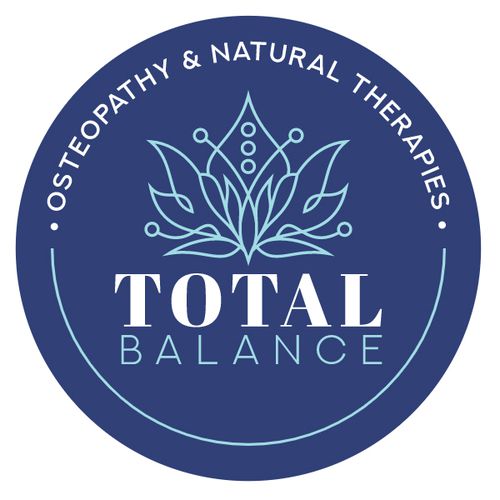
Overview
According to Migraine and Headache Australia, migraine is a neurological condition that can present as a one-sided headache, that is of a throbbing nature that is considered a severe headache and is aggravated by physical activity. Close to 20% of the population suffers from migraine at some time in their life. The average age of someone likely to experience migraine is between 35 and 45 years. There are also more females than males who experience migraine with hormonal changes being a factor (Ref: Migraine and Headache Australia).
Migraine Onset
Migraine headaches consist of three stages, starting with a Prodrome which may last for up to a few days. Prodromal symptoms include food cravings, changes in concentration and mood, experience fatigue and general stiffness and sleeping habit changes. The second stage is known as Aurora which can last up to an hour. Its common symptoms include blurred or double vision and sensory changes. The third stage is the headache pain that can last for two to three days, and its associated symptoms can include throbbing, burning, spike-like pain with associated vomiting, giddiness and insomnia. (Ref: American Migraine Foundation).
The end phase of migraine is the postdrome and has been defined as "the time from resolution of troublesome headache to return to normal" (N Gaffin et al, 2016). Symptoms of the postdrome phase may include general fatigue, heightened sensitivity, body aches in multiple regions and specially neck pain and stiffness, mental fogginess or changes in concentration, changes in depressive mood, dehydration and sensitivity to light.
Postdrome is considered the post intense headache stage. There can also be a reduction of blood flow within the cerebrum of the brain relating to the effects of migraine postdrome, which include constricted blood vessels (P Bose et al., 2017). Another study (K. Luedtke et al., 2018) states that neck stiffness relates to the trapezius muscle and is an associated symptom of a migraine attack, however not a direct trigger.
The research indicated that multiple neck muscles may be involved in a similar way but more research is required. The study measured electrical activity from the nervous system to the trapezius muscle via (electromyography studies) and looked at the "level of muscle tension during voluntary relaxation and during mental and physical tasks as well as the ability to relax after periods of mental and physical stress". They compared patients with migraine versus without. Results found that all groups showed increased activity under mental strain and physical activity. However, the migraine sufferers showed up to a 28% increase in activity with the higher being chronic migraine sufferers. Migraine symptoms include muscle tension, whereas in other types of headaches, such as cervicogenic and/or tension headaches, pain is referred to the head from nerves and muscles.
Management of Migraine Pain
All types of migraines require referral to a medical practitioner to assess and prescribe any preventive medications and special migraine treatment, as well as provide an expert opinion that will benefit people with migraine. Once the acute headache symptoms reduce in intensity, physical therapies and manual soft tissue therapy can be valuable in reducing severe headaches and other symptoms of migraine associated with neck muscle pain and restriction. A previous study (T Rezaeian et al., 2019) found that for those that experienced migraines were assessed as having associated activation of Myofascial Trigger Points in the trapezius, suboccipital and sternocleidomastoid muscles. Soft tissue therapy techniques, combined with specific stretching, reduced "cluster headaches, drug consumption, functional disability, and pressure pain threshold levels of cervical muscles". Encouraging stretching to lengthen shortened neck muscles is also effective, particularly in the postdrome phase.
Additional management of migraine triggers includes making changes relating to your daily activities. For example, changing work routine and environment to being more regular working hours, maintaining a headache diary to track frequency and duration of a headache phase, getting enough rest, hydration, improving sleep patterns, avoiding alcohol, improving ergonomics and posture, and tracking any sensory disturbances as well as symptoms of depression or anxiety (M. Eller et al., 2019). Additionally, maintaining regular exercise of "at least 30 minutes of moderate intensity physical activity on most if not all days" (Ref: Exercise and Sports Science Australia) or other forms of wellness activity, such as yoga, have also shown to be an effective treatment for migraine sufferers, as these help to regulate body systems as well as release neurotransmitters like endorphins, dopamine and serotonin.
In summing up, this article aims to provide a general overview of the different stages of migraine, how these differ from other types of headaches and how migraines can be managed. It is important that more research is carried out on the interdisciplinary management of migraines to reduce chronicity of the condition. More information on migraine management can be found at Headache Australia.
References:
- K. Luedtke, J. Mehnert, A. May. Altered muscle activity during rest and during mental or physical activity is not a trait symptom of migraine. A neck muscle emg study. Journal of headache and pain volume 19, Article number: 26 (2018)
- M. Eller, P Goadsby: Migraine: a brain state amenable to therapy: The Medical Journal of Australia: 06 December 2019.
- P. Bose, N. Karsan, F. Zelaya, p Goasdby: Alterations in cerebral blood flow during the postdrome phase of a migraine attack captured with arterial spin labelled (asl) mri. Association of British Neurologists (ABN) Annual Meeting 20172,3–5th May 2017.
- Rezaeian T, Mosallanezhad Z, Nourbakhsh R M, Ahmadi M Nourozi M: The impact of soft tissue techniques in the management of migraine headache: A randomized control trial: Journal of Chiropractic Medicine 2019.
- Exercise and sports science Australia.
- https://headacheaustralia.org.au/migraine/migraine-a-common-and-distressing-disorder/
- https://americanmigrainefoundation.org/resource-library/migraine-hangover










